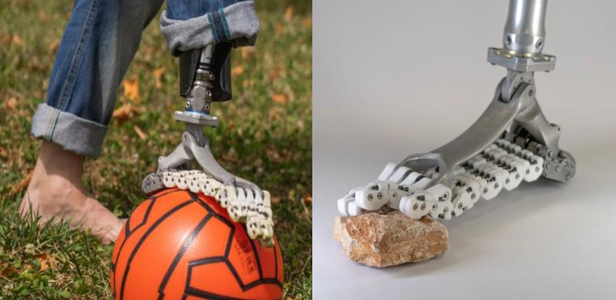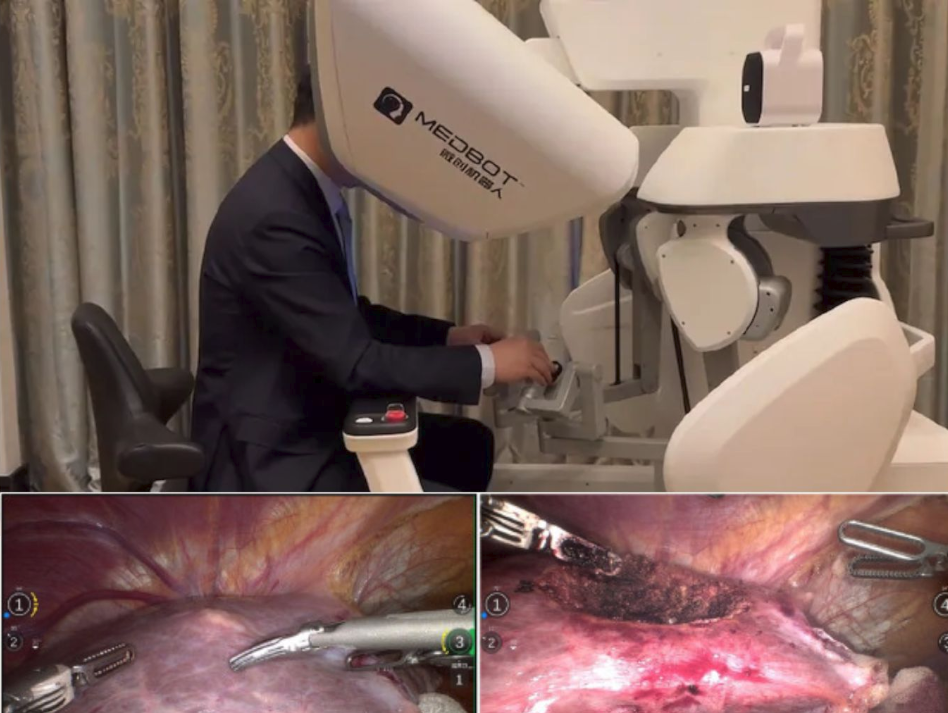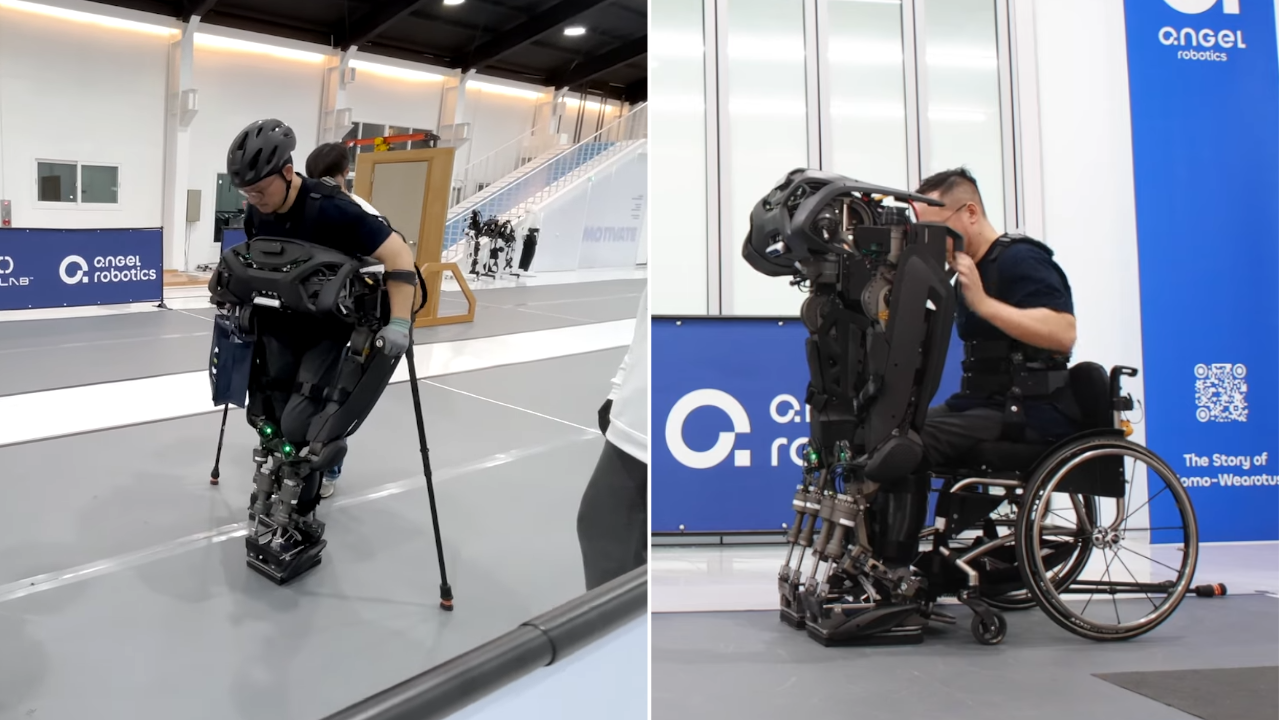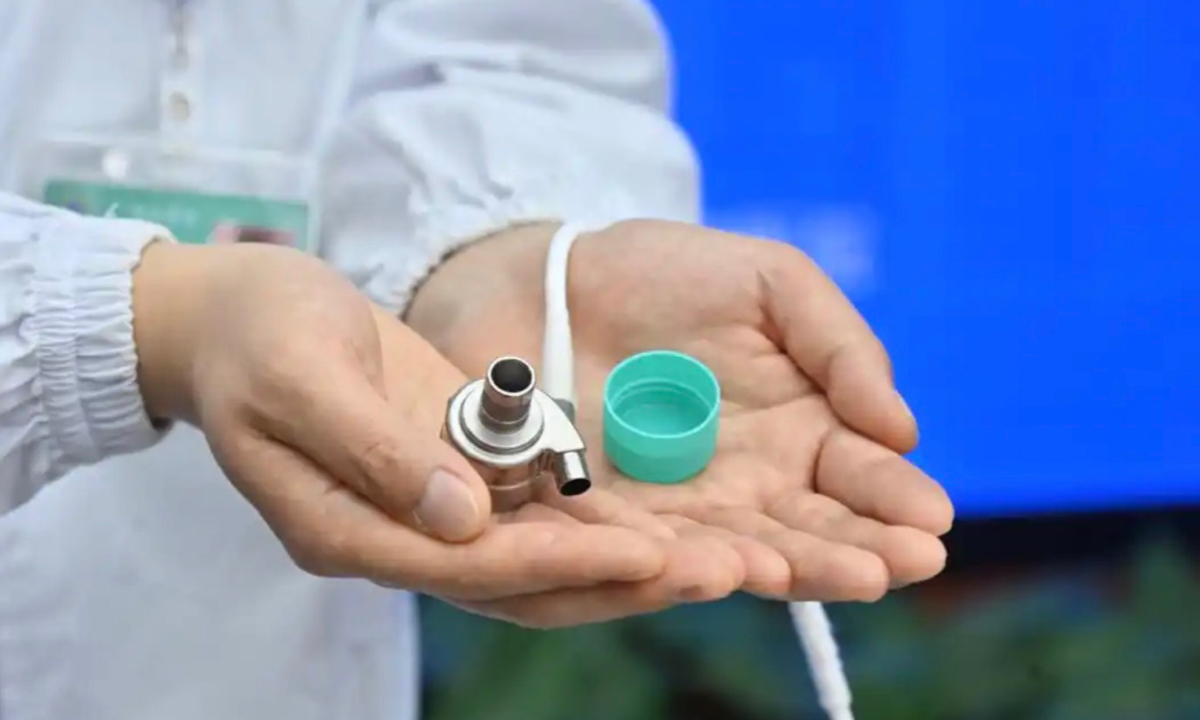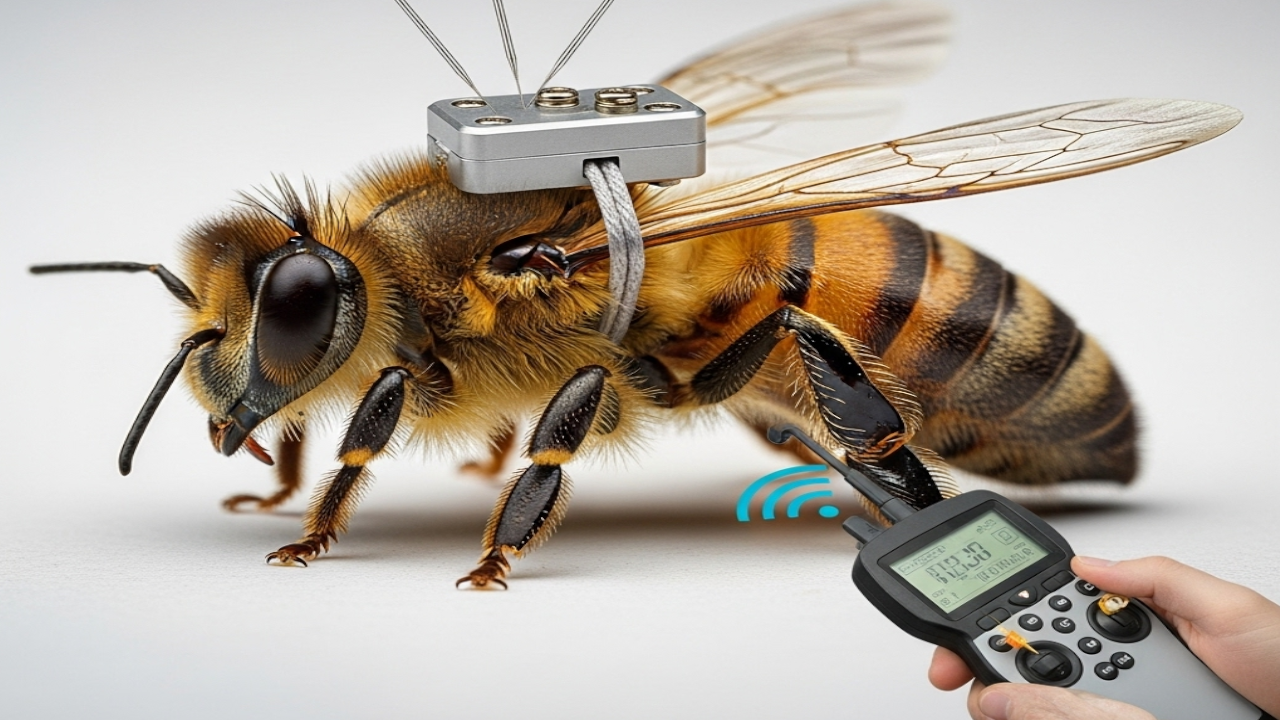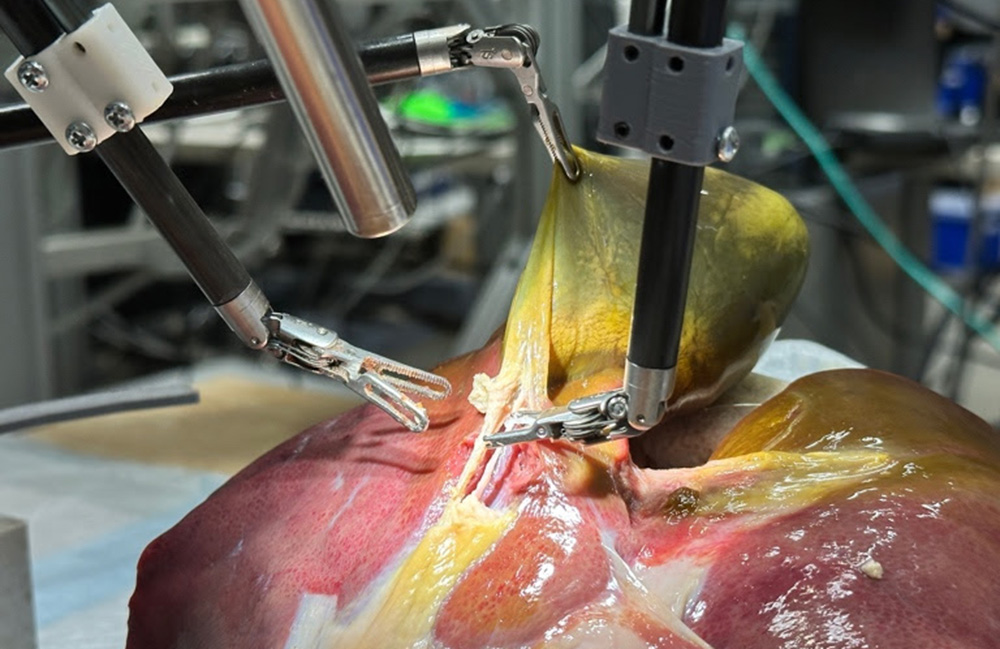People with foot amputations typically use rigid, flat prosthetics resembling those found in robots. However, these prosthetics limit their ability to walk naturally and navigate uneven terrain.
To address these limitations, the Italian Institute of Technology (IIT) has developed the SoftFoot Pro, an innovative prosthetic foot that adapts to diverse terrains and mimics the natural movement of the human foot. Unlike conventional motorized prosthetics, SoftFoot Pro operates without motors and closely replicates the form and anatomical features of the human foot, resulting in a more stable and natural walking experience.
Despite being incredibly lightweight (450 grams), SoftFoot Pro can support a weight of up to 100 kilograms. The foot’s core component is a flexible arch made from lightweight yet robust titanium. This arch connects to five parallel chains composed of high-strength plastic material resembling the plantar fascia in the human foot (a band of tissue connecting the heel bone to the base of the big toe). This structure enables natural movement: when lifting the foot or placing it on uneven surfaces, the chains and arch work together to distribute weight across the entire foot and maintain balance.
Extensive testing of SoftFoot Pro prototypes has been conducted with individuals experiencing unilateral lower limb amputation, as part of international collaborations with Hannover Medical School in Germany and Vienna Medical University in Austria. The prosthetic foot has also been successfully tested with the quadrupedal robot Anymal at ETH Zurich in Switzerland and the humanoid robot HRP-4 at the University of Tokyo in Japan.
The SoftFoot Pro represents a significant advancement in prosthetic technology, promising to improve the quality of life for amputees and paving the way for more dexterous and human-like robotic movements.
